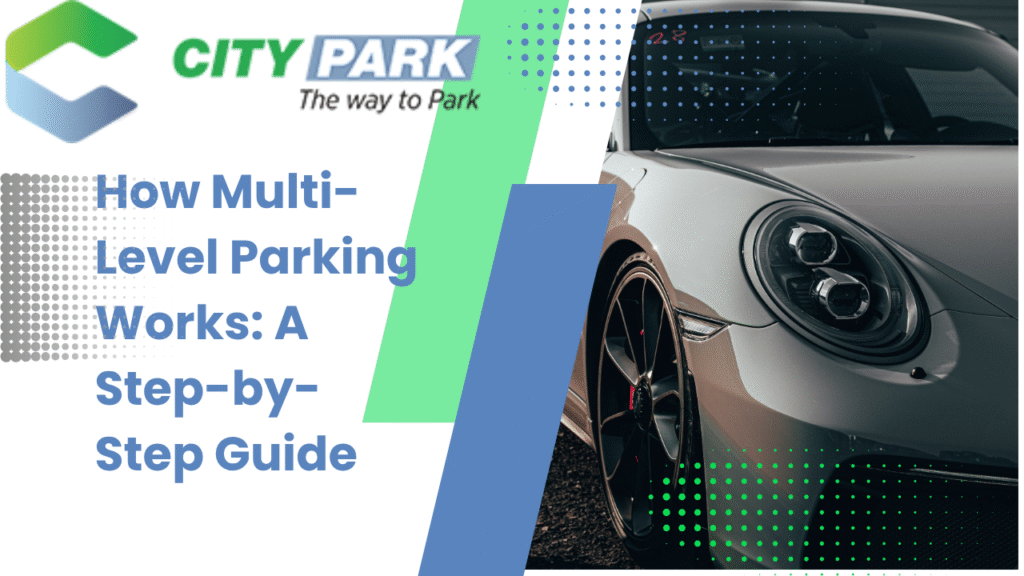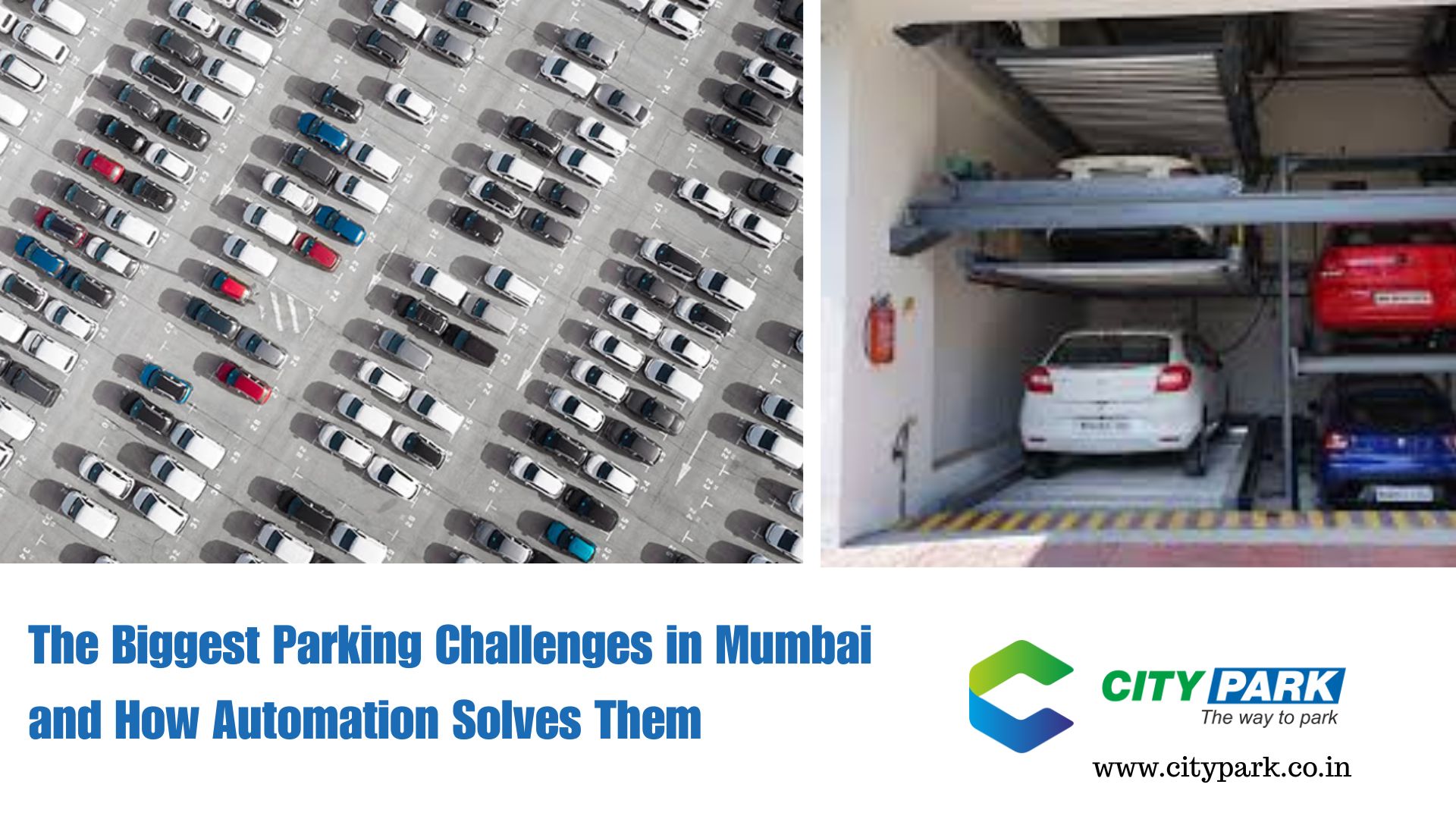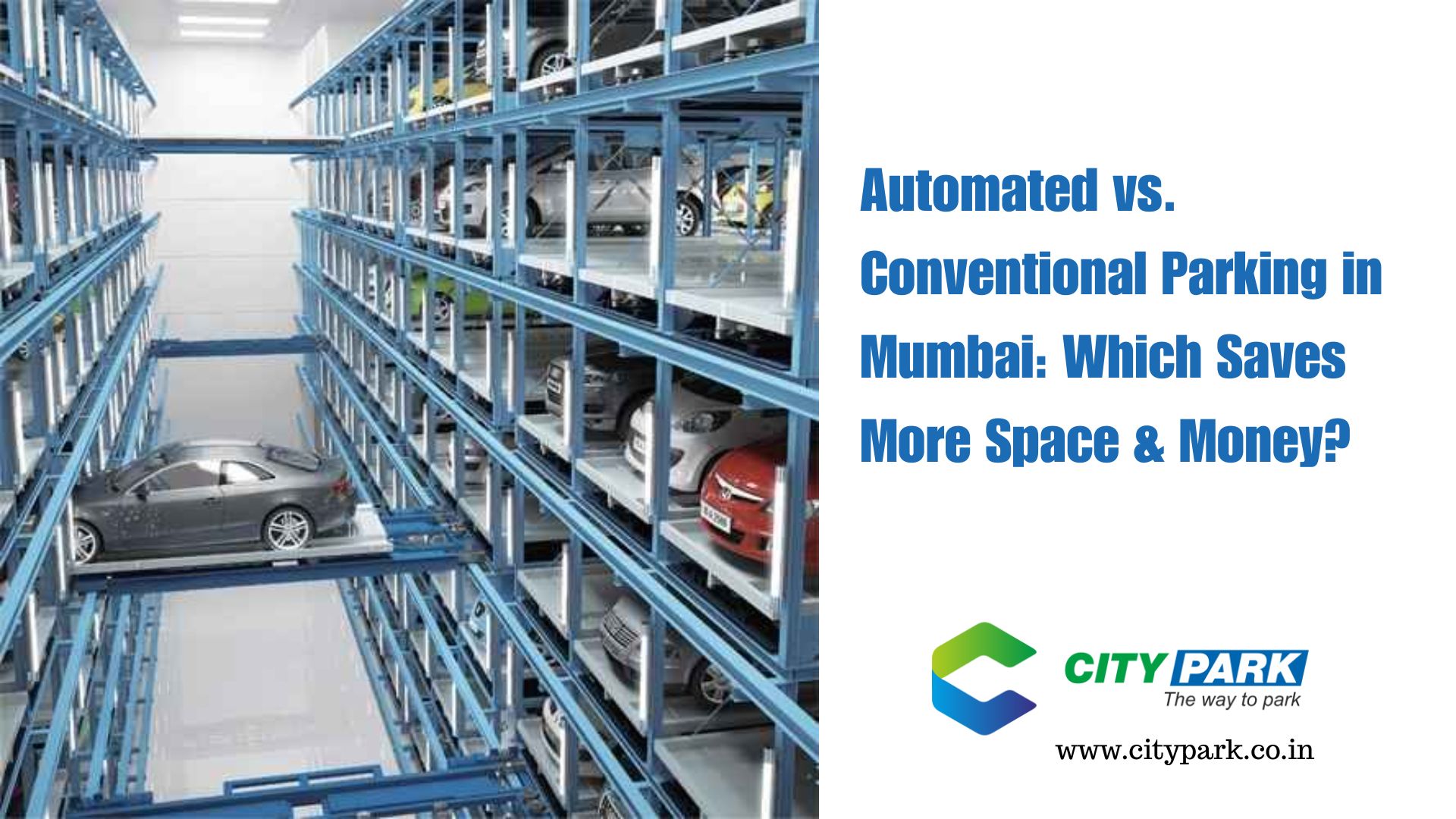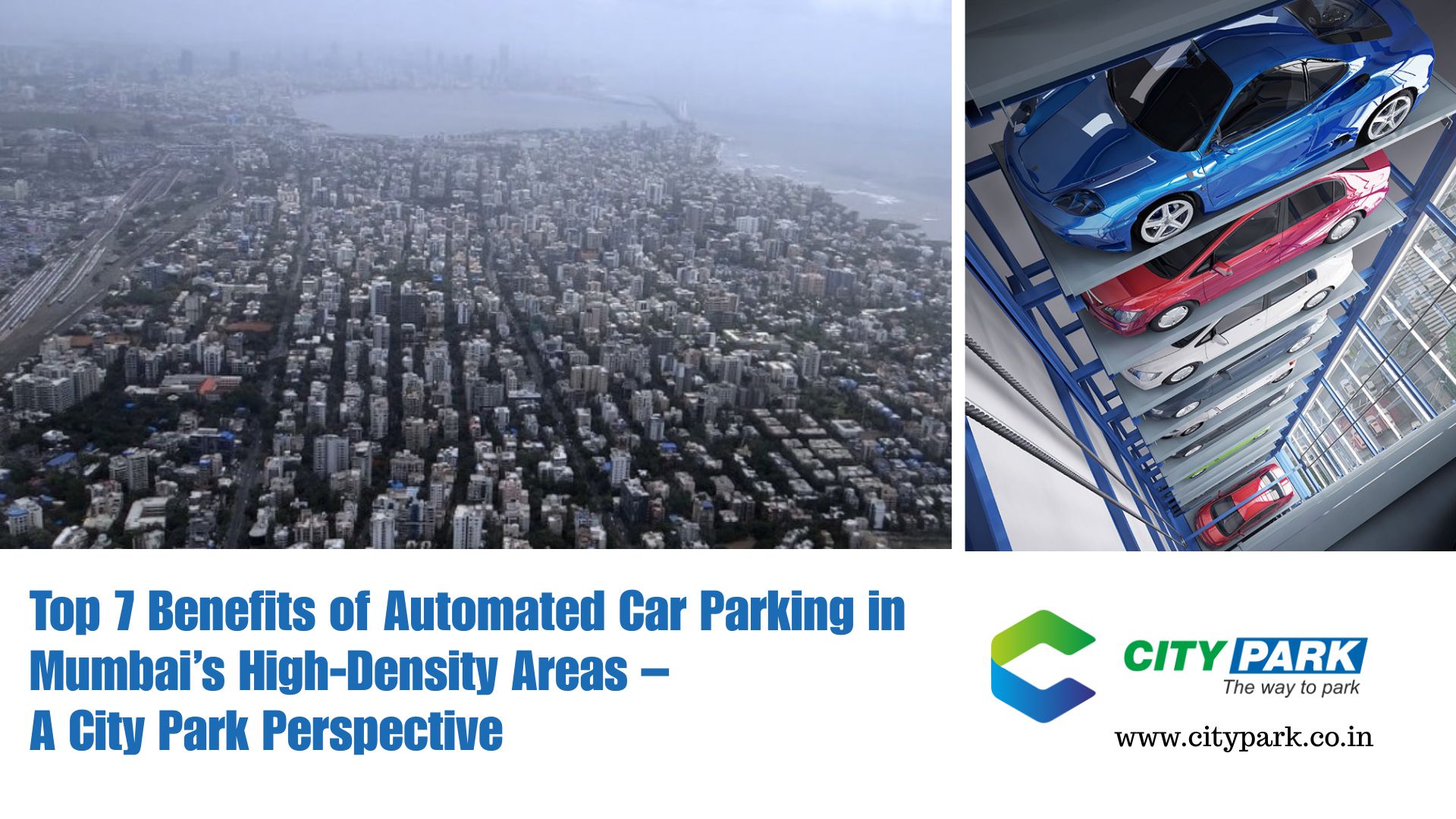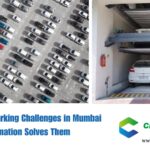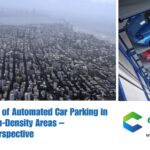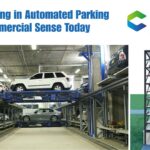What’s the Real Problem With Urban Parking?
Cities are growing fast. As apartment blocks, office towers, and shopping complexes rise, the space to park cars keeps shrinking. Ground-level parking no longer meets demand. According to data from India’s Ministry of Housing and Urban Affairs, parking takes up nearly 10–15% of the land in urban areas, and even that isn’t enough. The result? Congestion, roadside parking, arguments among residents, and safety issues.
What Is a Multi-Level Parking System?
Multi-level parking is a vertical structure that allows cars to be parked on multiple floors. It uses either ramps or lifts to move vehicles between levels. Think of it as a vertical garage that stacks cars instead of spreading them out over horizontal space.
Imagine a tower where each level holds 6–8 vehicles. Cars enter from one point and are either driven or mechanically lifted to a slot. Once the car is secured, the system resets and prepares for the next vehicle.
Whether you live in a society, manage a mall, or plan infrastructure for a government facility—multi-level parking systems bring order where space is limited.
Step-by-Step Breakdown of How Multi-Level Parking Works
Step 1: Entry and Vehicle Recognition
- Vehicle enters the platform.
- Automated systems scan the number plate.
- Sensors check height, length, and weight.
Step 2: Allocation of Parking Slot
- The software chooses an available space.
- Car is either driven or placed on a movable platform.
Step 3: Lifting or Shifting Mechanism
- Platform lifts or shifts the car to the correct level.
- Safety checks prevent movement until the system locks.
Step 4: Car is Stored
- Car is locked in place using mechanical clamps.
- Space is marked as “occupied.”
Step 5: Retrieval Request
- Owner enters their car number at kiosk/app.
- System retrieves vehicle in 2–3 minutes.
Step 6: Exit
- Boom barrier opens.
- Vehicle exits after payment (if commercial).
Common Types of Multi-Level Parking Systems
Puzzle Parking System
- Functions like a sliding tile puzzle.
- Horizontal and vertical shifting.
- Popular in housing societies.
Tower Parking System
- Fully automatic.
- Vertical lift and horizontal shifting.
- Ideal for city centers.
Cart Car Parking System
- Uses robotic carts to carry vehicles to slots.
- Advanced and expensive.
Rotary Parking System
- Turns like a Ferris wheel.
- Limited capacity but compact design.
How Much Does a Multi-Level Parking Building Cost?
- Puzzle Parking: ₹20 lakh to ₹35 lakh per module.
- Tower Parking System Mumbai: ₹50 lakh to ₹1.2 crore.
- Cart Car Parking Mumbai: Starts at ₹1.5 crore depending on automation.
Prices depend on location, automation level, and structure height. Municipal permissions also affect cost.
Real Benefits of Multi-Level Parking
1. Better Use of Land
Puts more vehicles in less space.
2. Faster Flow of Vehicles
Reduces entry/exit time compared to manual parking.
3. Safer Environment
No need for human movement inside parking zones.
4. Adds Value to Real Estate
Helps gain approvals and boosts resale value.
5. Cleaner Look
No messy vehicle sprawl in public areas.
Answering Related User Queries
What is the purpose of a multi-level parking system?
It saves space and organizes vehicle storage vertically. This is critical in high-density areas where surface parking is impossible.
How does an automatic parking tower work?
Cars are placed on platforms. Motors lift the platform vertically and slide it horizontally into a vacant slot. It works like a robotic warehouse.
What are the challenges of multi-level parking?
- High installation cost.
- Power dependency.
- Regular maintenance needed.
Other Use Cases in Indian Cities
In Mumbai
Due to tight space, tower car parking systems and cart systems are common in residential towers.
In Pune
Puzzle parking is widely used in commercial complexes.
In Bengaluru
IT parks prefer rotary parking for its compact footprint.
Key Takeaways →
➢ Multi-level parking solves urban congestion by stacking cars vertically.
➢ Common types include puzzle, tower, cart, and rotary systems.
➢ Costs vary from ₹20 lakh to ₹1.5 crore depending on technology.
➢ Automatic parking systems save time, space, and human effort.
➢ Used in residential societies, malls, government offices, and metro stations.
How CityPark Solves This With Smart Systems
CityPark offers end-to-end multi-level parking solutions. From planning and designing to installation and servicing, we cover all vertical parking needs. We also provide:
- Tower Parking Systems in Mumbai
- Puzzle Parking Mumbai models
- Cart Car Parking Mumbai solutions
Call us for a site feasibility audit and cost proposal.
Referenced from: National Parking Association, Mechanical Parking Guidelines by MCGM (Mumbai), and insights from CityPark India.
FAQ Section
1. How much land is saved using a multi-level parking system?
Up to 70% of surface space is conserved, especially in dense cities.
2. Is multi-level parking safe?
Yes. Systems include weight sensors, locking clamps, and alarms to prevent human error.
3. Can such systems be used in residential societies?
Absolutely. They are often used in new housing complexes for space optimization.
4. What is the life of a multi-level parking structure?
Typically, 20–25 years with proper maintenance.
5. What permissions are required?
Municipal body approval, fire NOC, structural safety certificates, and lift installation licenses.
6. How fast can cars be retrieved?
On average, within 2–3 minutes depending on the system type.
